The goods the West relies on China for, and what it’s doing to wean itself off
Beholden to Beijing and battling to break away
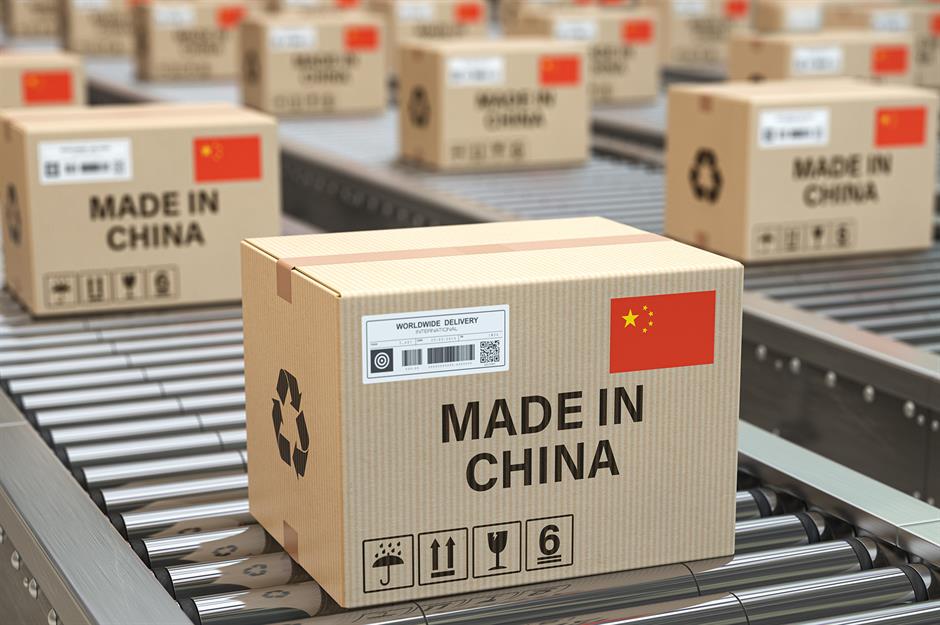
Viewed by many experts as a strategic vulnerability, the West's long-term reliance on Chinese goods and manufacturing is proving hard to shake. However, led by the US, Western democracies are taking steps to go cold turkey and diversify their supply chains away from the People's Republic.
Read on to discover the Chinese products the West is most hooked on and what different countries are doing to break the habit.
All dollar amounts in US dollars.
Why is the West questioning its reliance on China?
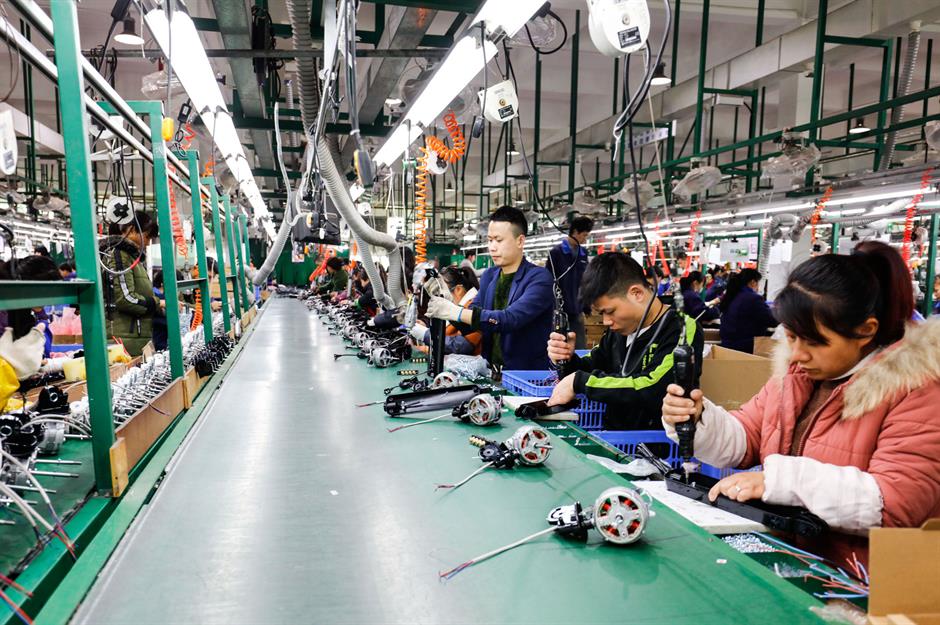
So why does the West want to reduce its reliance on the People's Republic?
Increasing geopolitical tensions over Taiwan, the South China Sea, and elsewhere have strained the West's relations with Beijing, while the COVID-19 pandemic demonstrated how risky it can be not to have a diversified economy.
Other reasons behind the trend to decouple from China include concerns over the communist government's alleged human rights abuses and large-scale intellectual property theft.
What does America import from China?
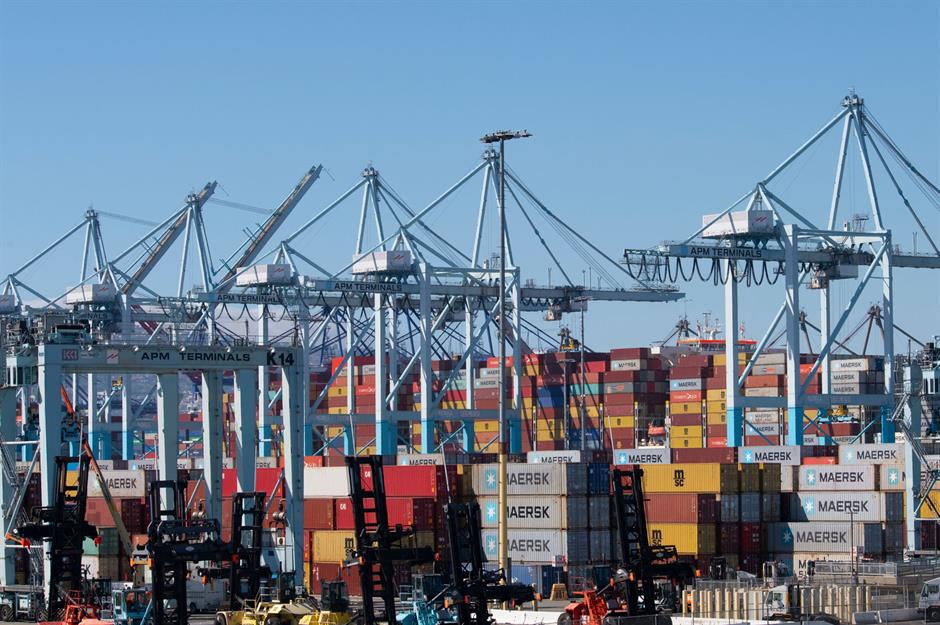
Starting with America, the US is China's biggest single-country export market by a huge margin. According to US government data, imports from the People's Republic amounted to a whopping $427.2 billion (£340bn) in 2023, with America receiving 14.8% of all mainland China's exports.
The US imports a bewildering array of goods from China. In order of monetary importance, these include: computers, smartphones and other electronics; industrial machinery; chemicals and pharmaceuticals; plastics and rubber products; transportation equipment; clothing; furniture, and metals.
Products that almost entirely come from China

Interestingly, America relies more on China for electric blankets than any other product. Based on 2023 figures, the People's Republic supplies 99.9% of America's imports of this winter warmer. Next up is umbrellas, with 98% of US imports coming from China.
China has also cornered the import market in electric toasters, with well over 95% shipped from its many factories. While handy, these products aren't crucial for national security, and it wouldn't be a catastrophe if their supply were abruptly interrupted.
What are the more important products America relies on China for?
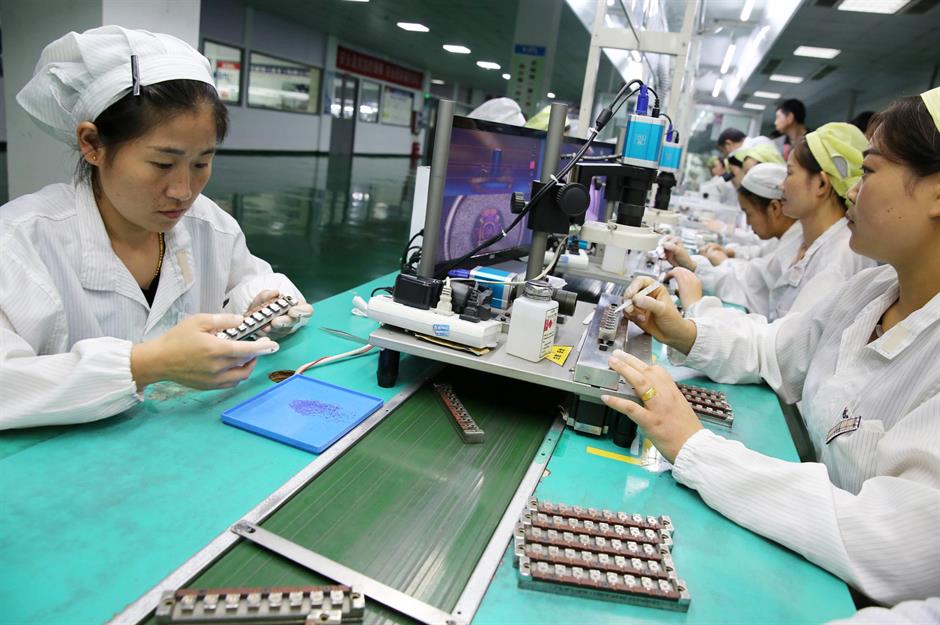
When it comes to so-called critical goods – products that have a bearing on national security – China is a lesser but not unimportant source, according to researchers from the Federal Reserve Bank of St Louis.
Critical goods include computers and IT, smartphones and other communications technologies, chemicals including pharmaceuticals, green energy tech, and critical minerals.
America's reliance on China for laptops and smartphones

Around 92% of America's laptops are imported from China, while the vast majority of US smartphones – as many as 70% in 2020 – are also manufactured there.
None of the big tech companies assemble smartphones in the US. Although Apple and Alphabet/Google have reshored some of their manufacturing to India and Vietnam, you'd be hard-pressed to find a device in America that isn't at least partly made in China. And despite the ban on Huawei communications equipment, the Chinese firm is still selling smartphones Stateside, although in relatively small numbers.
America's reliance on China for pharmaceuticals
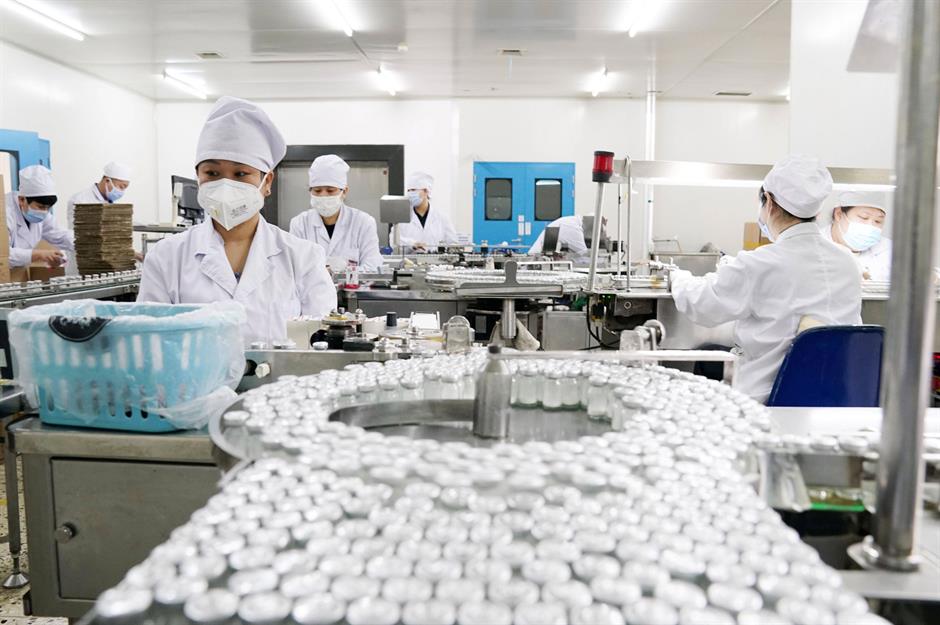
Claims that 80% of America's medications and 97% of its antibiotics come from China may have been debunked, but US imports of Chinese pharmaceuticals have jumped five-fold since 2020. (As per the US tariff code, the pharmaceuticals category includes packaged medicaments, vaccines, bandages, blood, organic cultures, and even organs).
China is now America's fourth biggest supplier of pharmaceuticals. However, despite the recent increase, the People's Republic accounts for just 6% of America's overall pharmaceutical imports. America is more vulnerable to supply chain disruption when it comes to vitamins. According to recent figures, the US depends on China for 75% of its B vitamins and vitamin C and almost 70% of its vitamin E imports.
America's reliance on China for EV batteries and green energy tech
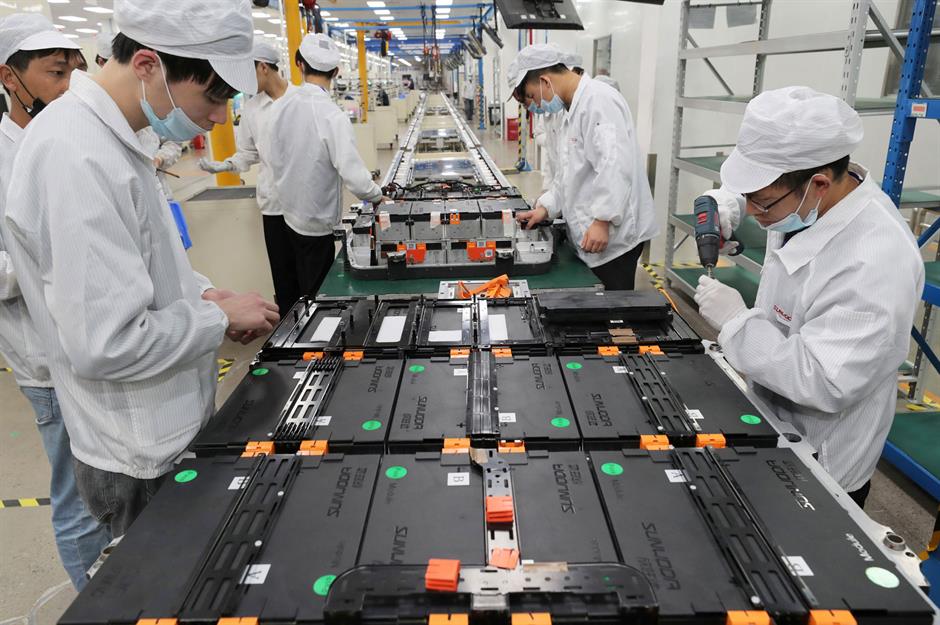
With the world going carbon neutral, green energy tech is big business – and despite being one of the world's major polluters, China is dominating the field.
The People's Republic was responsible for 88% of America's lithium-ion battery imports in the first quarter of 2023. The same year, American imports of solar panels skyrocketed 82%, according to S&P Global Market Intelligence, with Chinese manufacturers making up 84% of the total. (It's worth noting that many of these Chinese-made solar panels were exported from countries in Southeast Asia).
America is far less dependent on China for wind turbines, which are subject to harsher tariffs. In contrast to solar panels, imports of turbine equipment from China have plummeted over the past few years.
America's reliance on China for critical minerals including rare earths
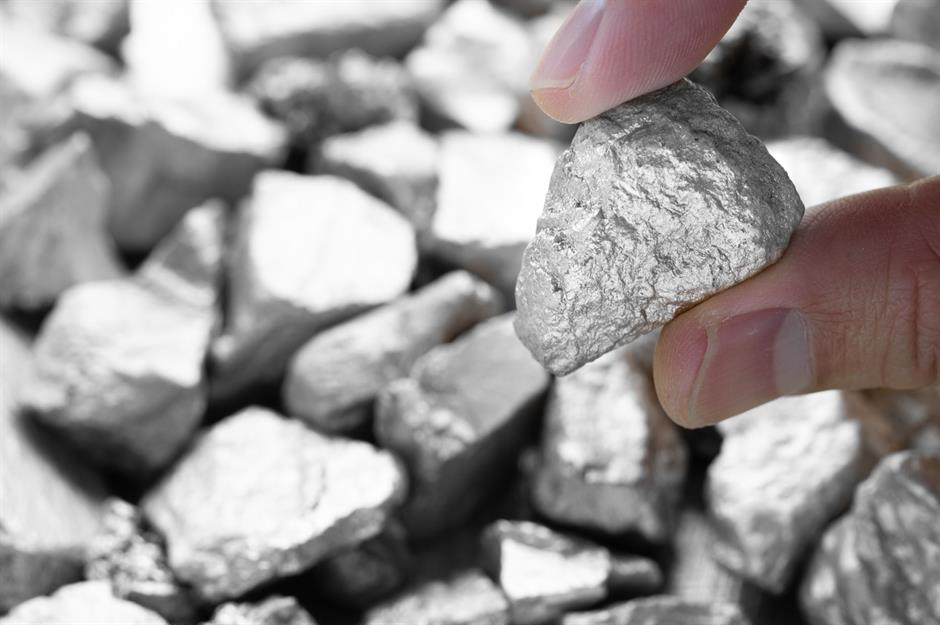
America has a designated list of 50 critical minerals, so called because they're deemed vital for national security or particularly vulnerable to supply chain disruption. China is a major supplier of many of the essentials on the list.
The People's Republic supplies almost all of America's yttrium, a metal used in microwave radars and as a catalyst to make plastic. China also leads the world in the production of metals that are essential for the green transition.
According to defence contractor Raytheon, as much as 95% of America's rare earth metals, which are used in the manufacture of smartphones, TVs, and electric vehicles (EVs), derive from China too.
What is America doing to reduce its dependence on China?
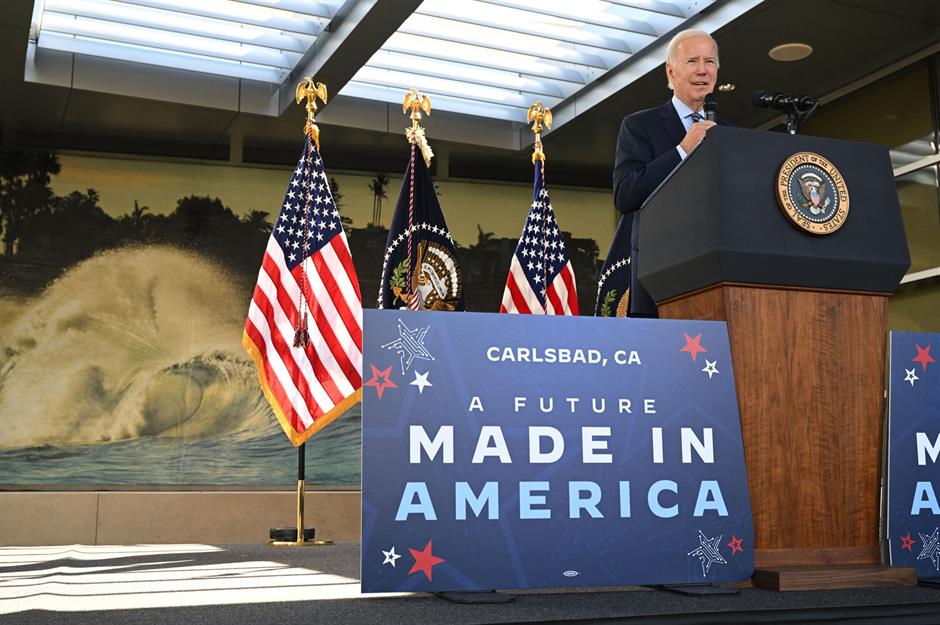
The US started weaning itself off Chinese imports in 2018 under then-President Donald Trump. Imports have continued to fall away under the Biden administration, which upheld the Trump-era tariffs.
President Biden tightened rules on trading sensitive tech such as semiconductors, while providing generous subsidies to domestic manufacturers through the 2022 CHIPS and Science Act and other initiatives. As a result, imports of goods from China have plunged across the board, and the government is especially keen for America to become self-sufficient in semiconductor manufacturing and secure supplies of critical minerals.
Trump, who will retake office in January, has expressed his intention to increase tariffs against China further.
The US is importing less from China
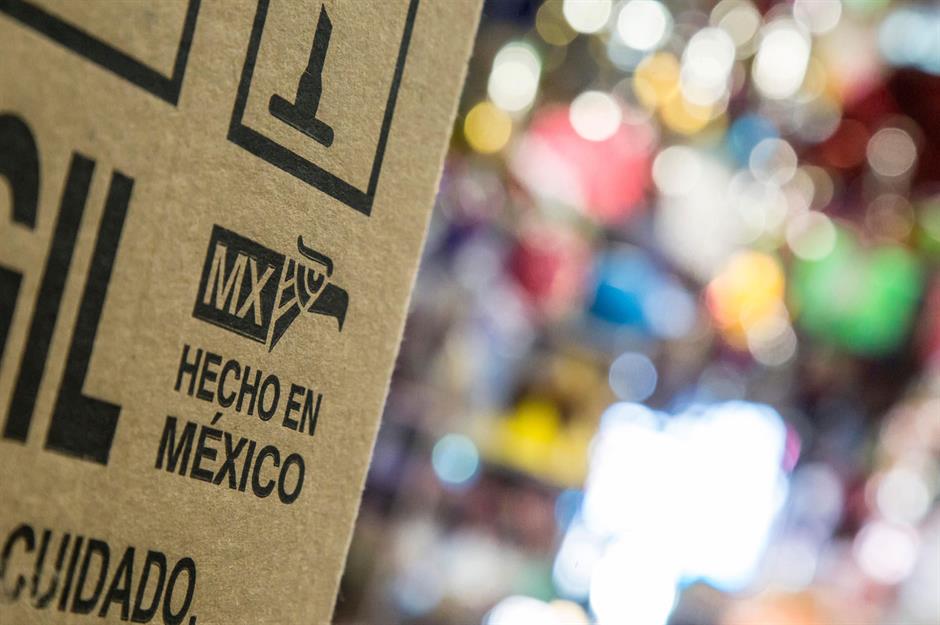
Overall, China's share of US imports plunged from 21.6% in 2017 to 13.9% in 2023, and the country has been overtaken by Mexico as the leading import nation in the Americas.
As noted by the St Louis Federal Reserve, imports of critical goods have dropped the most dramatically, with the US government going all out to bring manufacturing home and source what it needs from "friendlier" countries. That said, there's no denying America remains significantly dependent on China for a mix of everyday and critical products.
What does Canada import from China?
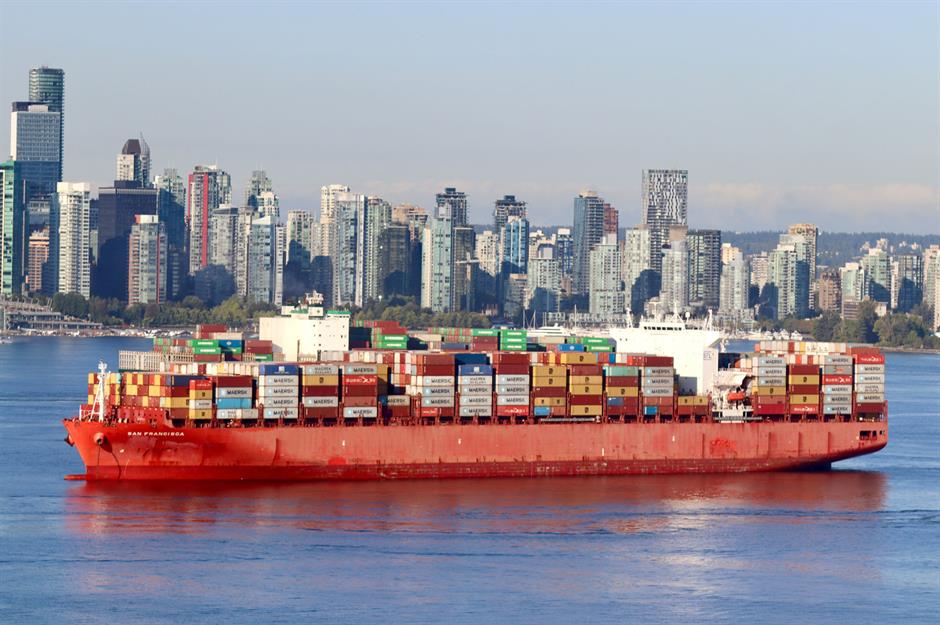
Last year, Canada imported goods worth $66.1 billion (£53bn) from China and shipped $22.6 billion (£18bn) worth to the People's Republic, according to the UN Comtrade database. Canada's deficit with China, while substantial at $43.5 billion (£35bn), is actually falling.
Canada imports a wide range of goods from China. The most notable in monetary terms is the almost $16 billion (£13bn) worth of electronics the nation sources from the People's Republic.
What are the Chinese products Canada most relies on?

A 2020 report from British think tank the Henry Jackson Society found that Canada depends on China for 367 categories of goods, 83 of which have applications in critical national infrastructure, including rare earths, industrial products, and electronics.
Canada was also deemed the worst among the Five Eyes security alliance (which also includes the US, UK, Australia, and New Zealand) in terms of its reliance on China for pharmaceuticals. However, the country has announced plans to impose 100% import tariffs on Chinese EVs and a 25% tariff on steel and aluminium imports.
What is Canada doing to derisk from China?
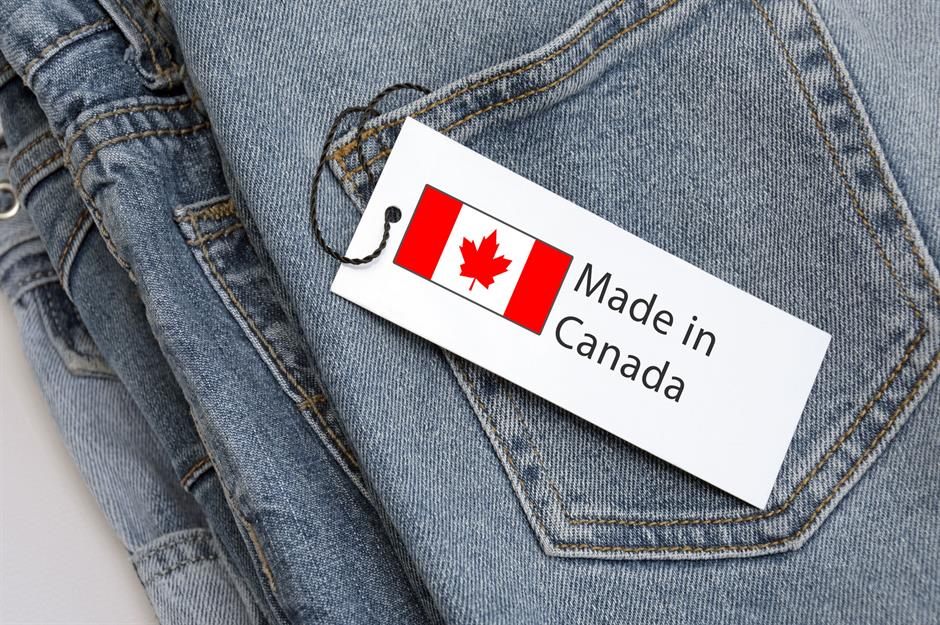
Canada is taking a multi-pronged approach to minimising its dependence on China. Mirroring the US, the nation is seeking to bring manufacturing home through the Investment Canada Act and other government policies and initiatives. Its Critical Minerals Strategy is backed by billions of dollars in federal funding, and resource-heavy Canada is even touting itself as an alternative supplier of these vital elements.
Nevertheless, research shows Canadian companies are less willing than their US counterparts to reshore manufacturing, which could potentially present a stumbling block for the country in the future.
What does Europe import from China?
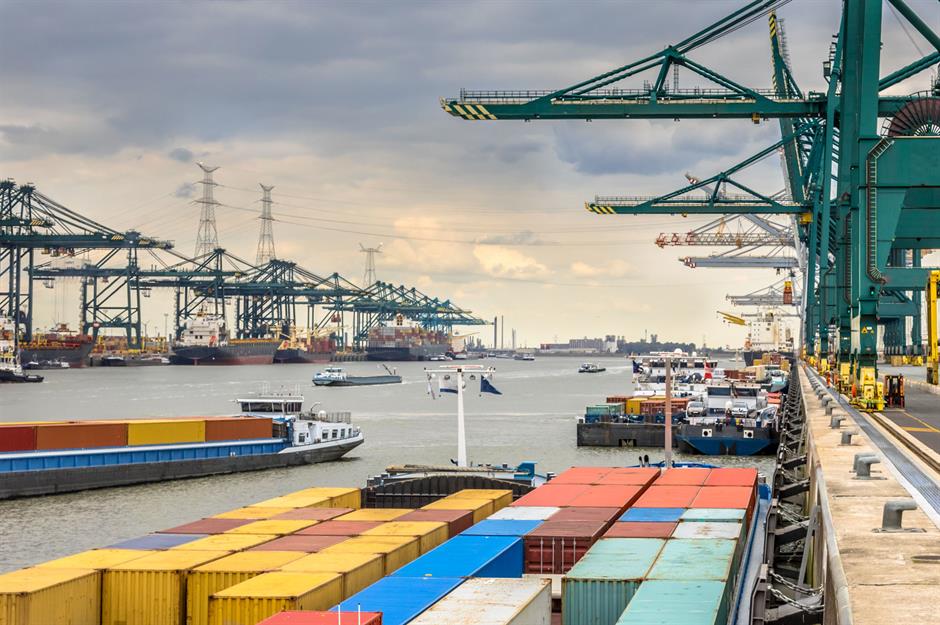
The European Union accounts for 14.8% of China's exports, which is equal to America's share. Add in other lucrative markets such as the UK, Switzerland, and Norway, and it's clear Europe is a hugely important export market for the People's Republic.
Last year, the EU shipped in an enormous variety of goods worth $553 billion (£440bn) from China, which supplied over 20% of its imports. The UK imported $70 billion (£56bn) worth of that total, with cars, consumer electronics and appliances, and clothing among the leading items.
Products that almost entirely come from China
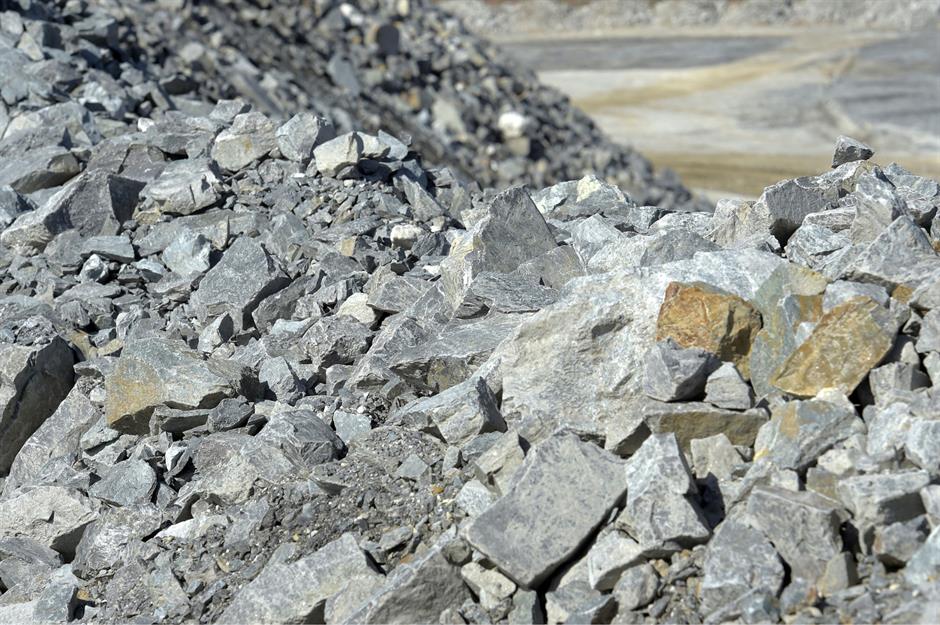
For Europe (including the UK), the products that almost entirely come from China include rare earths. The EU sources as much as 98% of these crucial chemicals from the People's Republic, which also supplies 97% of the EU's lithium needs.
The EU has highlighted other strategic dependences on China, including the reliance of the bloc on Beijing for its pharmaceuticals. The continent imports immense quantities of antibiotics, painkillers, and other drugs from China. The People's Republic is also the leading supplier of precursor ingredients used by Europe's drugmakers.
Europe's reliance on China for smartphones and other consumer electronics
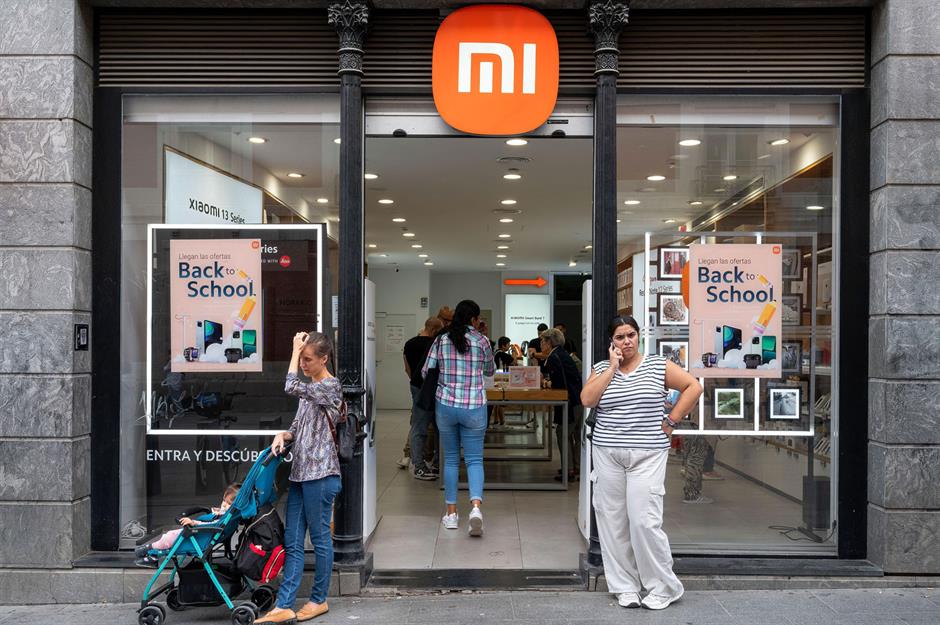
The lion's share of Europe's smartphones are assembled in China, and Chinese brands such as Xiaomi, Huawei, and Oppo make up a sizeable proportion of the continent's retail market.
In many European countries, including the UK, it can be a challenge to find anything – particularly a consumer electronics product – that isn't at least partly made in China.
Europe's reliance on China for electric vehicles and electric batteries

Last year, a fifth of electric vehicles sold in Europe were made in China, and the number is expected to rise to one in four in 2024 as China floods the European market with cheap electric cars.
Plus, Europe is more dependent than America on Chinese lithium-ion batteries. The EU and countries like the UK and Norway rely heavily on China for these goods. Concerns have been raised the EU could become as dependent on China for lithium-ion batteries as it was on Russia for fossil fuels before the war in Ukraine.
Europe's reliance on China for green tech
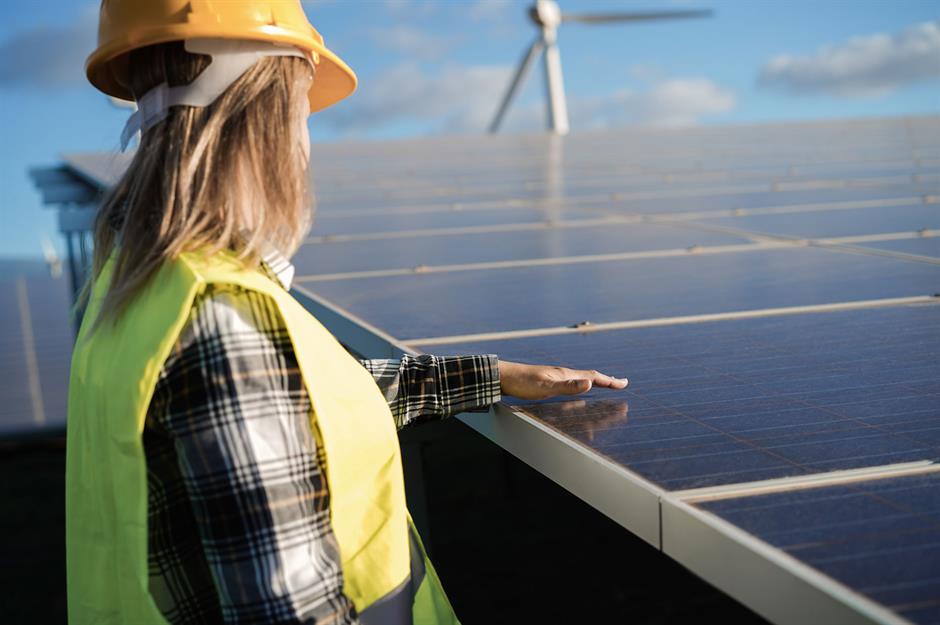
As well as providing over 90% of the EU's battery-grade lithium, China supplies four-fifths of the bloc's solar panels and is also the UK's leading single source, accounting for 45% of its imports.
In contrast, the EU is a net exporter of wind turbines. China isn't an important source of wind turbines for the UK, either, which mainly gets its equipment from India, Türkiye, and the US.
What is Europe doing to reduce its reliance on China?
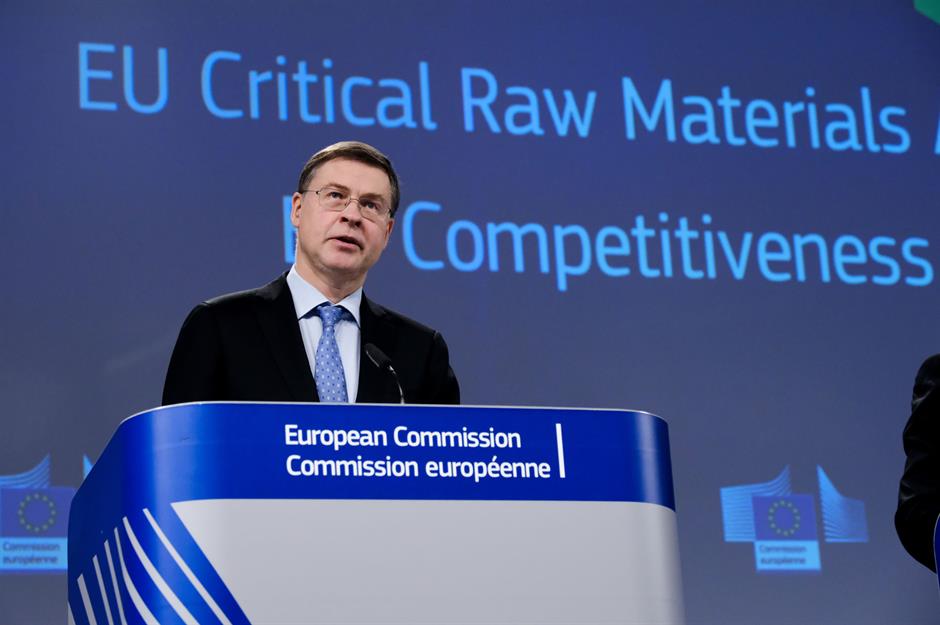
The EU has adopted the Critical Raw Materials Act, which enshrines in law the aim to source no more than 65% of the bloc's critical raw materials, including rare earths and lithium, from any one country. Plus, in a bid to reduce the bloc's reliance on Chinese pharmaceuticals, EU lawmakers from 19 member states have proposed a Critical Medicines Act that would enable the grouping to take “drastic steps” to shore up its supplies of essential medications.
As reported by Nikkei, the EU is in talks with Japan about cooperating on semiconductors, EV batteries, and other advanced technologies, in a bid to reduce both parties' reliance on China. Similarly, the UK and Japan signed the Hiroshima Accord in 2023. Among the deal's objectives is a semiconductors partnership, which will undoubtedly boost UK imports of Japanese chips to the detriment of Chinese suppliers.
Europe's difficult position

The UK has wargamed a sudden halt to its supplies of solar panels and lithium-ion batteries and appears to be hardening its attitudes towards China. Meanwhile, the EU increased tariffs on Chinese electric vehicles in July this year.
Some member states, chiefly Germany, rely on China as an export market for their goods, which puts them in a difficult position. If a trade war were to develop, China could inflict serious damage on its auto industry, while other less exposed EU countries would escape relatively unscathed.
What does Australia import from China?

Unlike the US and Europe, Australia runs a monster trade surplus with China. According to the UN Comtrade Database, it amounted to a staggering $48.4 billion (£38bn) last year.
Australia is much more dependent on China as a market for its goods than vice-versa. But the Land Down Under does rely on the People's Republic for a variety of essential products...
What products does Australia rely on China for?
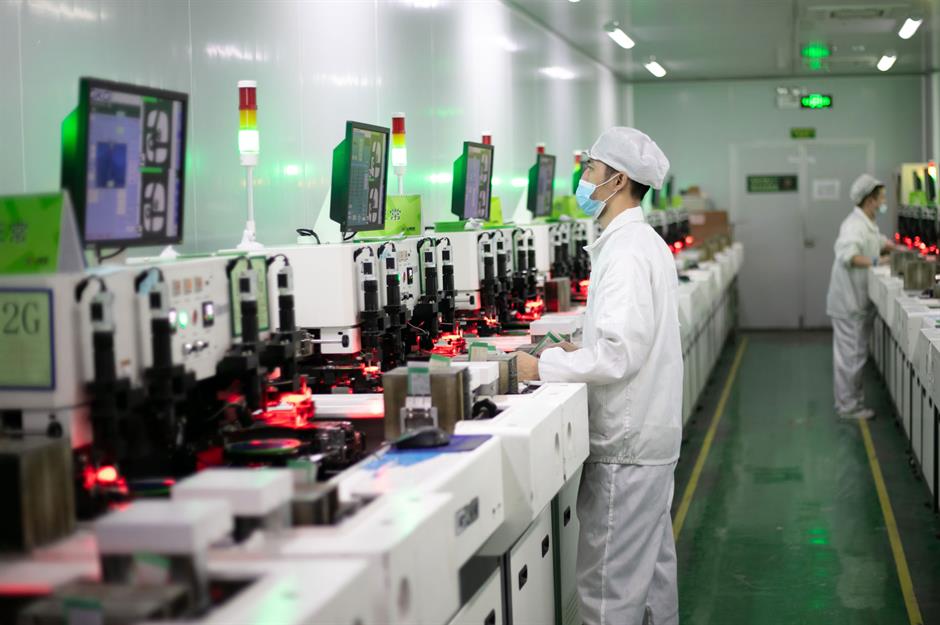
China supplies 92% of Australia's imports of semiconductors, solar panels, and related technologies. The majority of Australia's computers are also made in China, with the figure at 67% in 2023. That number includes smartphones, which the People's Republic exports to Australia in astonishing quantities.
Moves are being made to minimise Australia's reliance on China, at least in some areas. For starters, the government of the resource-rich country has launched a Critical Minerals Plan. The initiative calls for a massive increase in Australia's production of these vital elements, as the country is abundant in many key minerals. The nation's government is also investing one billion Australian dollars ($656m/£520) to boost the domestic solar panel industry.
Why is it so hard for Australia to break away from China?
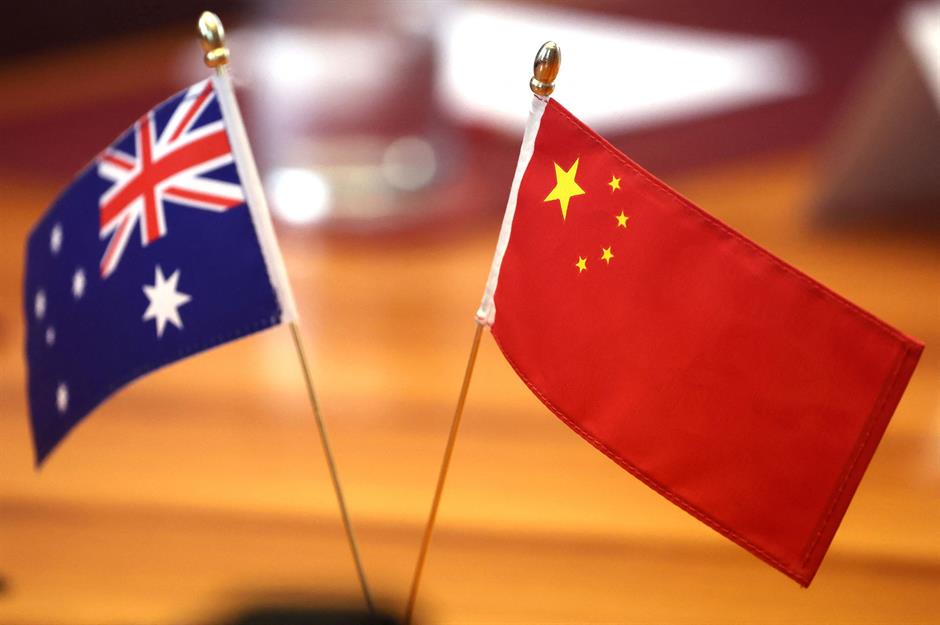
Despite these actions, Australia has actually strengthened its trade ties with China in recent months. Revealingly, a series of government studies on the feasibility of Australia and China decoupling have concluded the feat would be impossible since the two countries are so closely linked by trade.
Australian exports to China have hit record levels. And as bilateral relations have improved, China has finally rescinded its hefty tariffs on Aussie wine. Keen to safeguard the nation's biggest export market, it's unlikely the Australian government will be as zealous as its North American and European counterparts when it comes to curbing its dependence on Chinese goods.
What does New Zealand import from China?
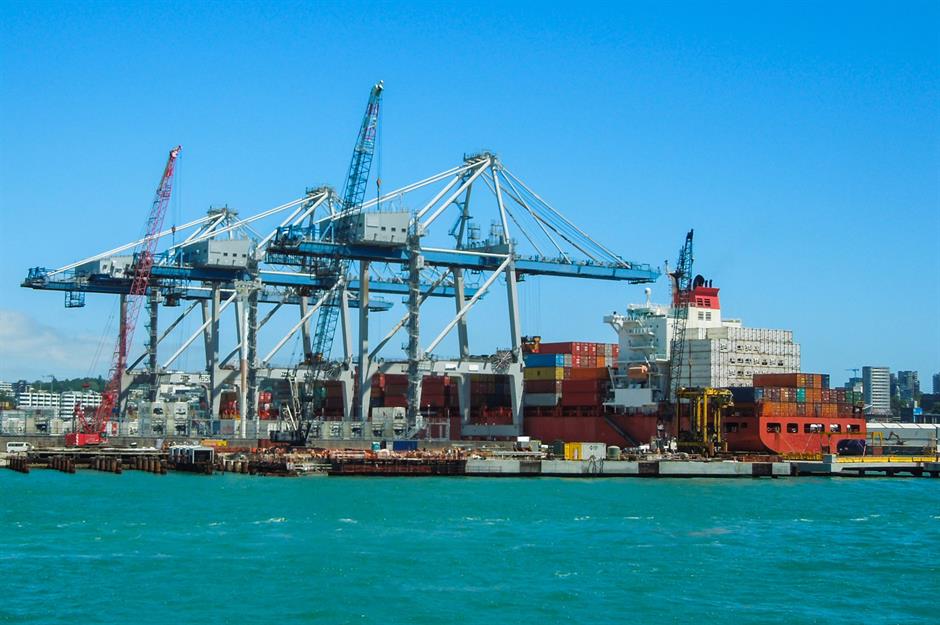
Like Australia, New Zealand runs a trade surplus with China. The surplus has narrowed over recent years as the country's exports to China have fallen, while imports from the People's Republic have remained buoyant.
Last year, New Zealand imported goods worth $10.5 billion (£8bn) from China, with exports to China at $11.3 billion (£9bn), according to the UN Comtrade Database. Its biggest imports include electronics, machinery, clothing, and furniture.
How important is New Zealand's trading relationship with China?
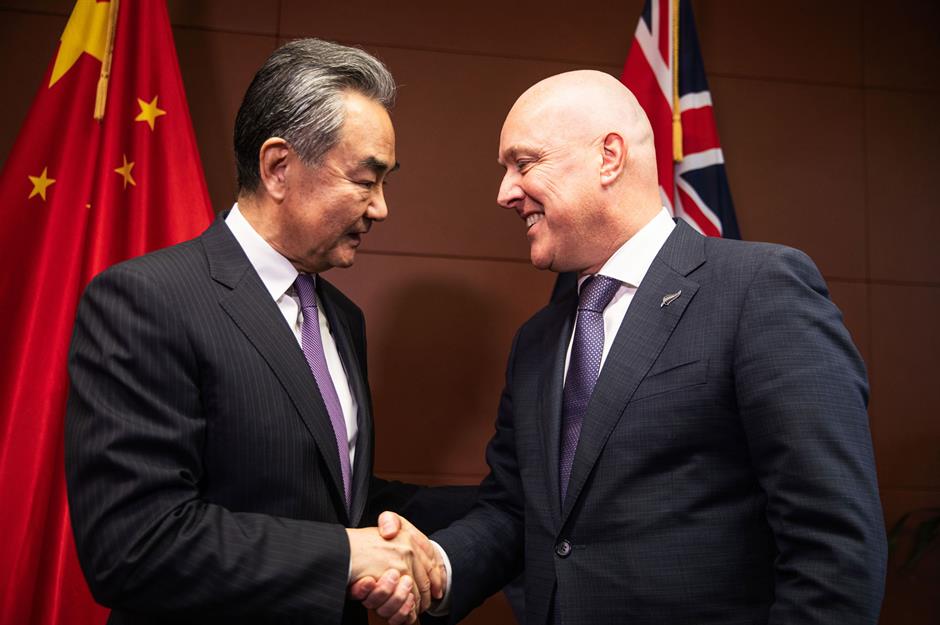
China is New Zealand's largest trading partner and the relationship is a mainstay of the country's economy. Needless to say, Wellington would find it very tough indeed to break away from Beijing.
As with Australia, decoupling is almost unthinkable, given the intertwining of trade between the two countries and their geographical proximity. As New Zealand's government has admitted, “constrained access” for its key goods exports to the US and European markets means China will almost certainly remain the country's main trading partner for the foreseeable future.
What countries are best-placed to take China's place?
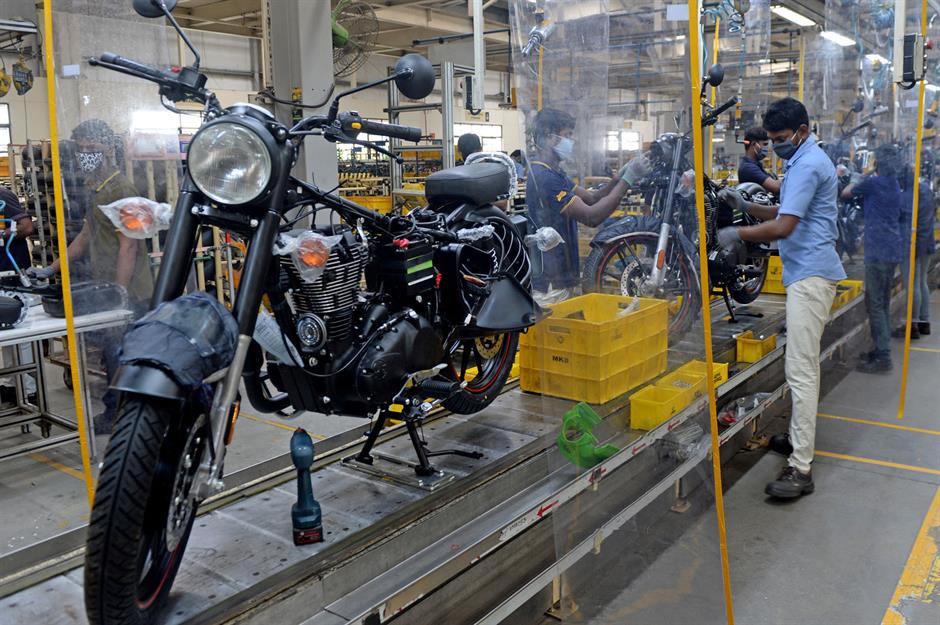
Replacing China as the world's factory floor is no mean feat, but some countries are better placed than others to steal its crown. However, given the trend for diversifying supply chains, it's probable that manufacturing will be more evenly distributed among a multitude of countries in the future.
In any case, Vietnam, Mexico, India, Brazil, Indonesia, the Philippines, Japan, South Korea, Chile, and Bangladesh are among the nations benefiting the most right now from the West's decision to decouple from China.
Now discover the 22 major brands with a big China problem
Comments
Be the first to comment
Do you want to comment on this article? You need to be signed in for this feature